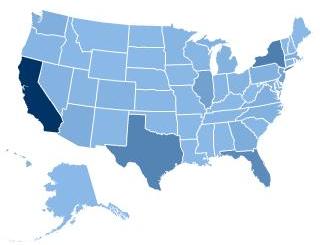Mary Giovagnoli, director of the IPC, was quoted in a BBC article discussing the Administration'...
Get the Facts
It costs roughly $166 per day for ICE to detain one person. ICE spends $5.5 million per day to detain 33,400 people in over 250 facilities. Furthermore, over half of detainees did not have criminal records and traffic offenses accounted for roughly 20 percent of those who did have criminal records.
IPC in the News
The Fiscal Fallout of State Immigration Laws
-
06/14/12
State-level immigration laws don’t pay off. That’s the consensus from business and agricultural...



